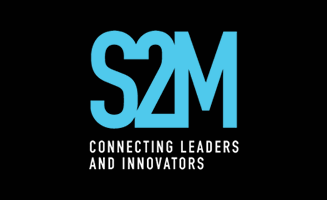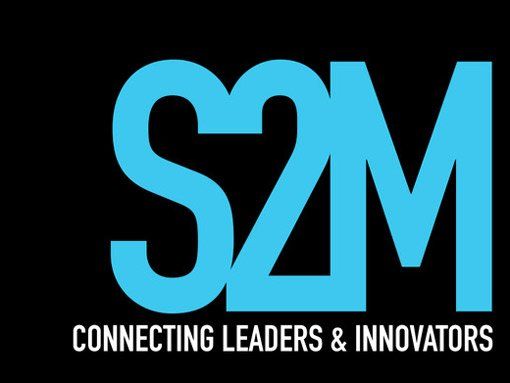Cambridge Analytica and Tribe Marketing, is this the end of top-tier influencers?
With Facebook under fire for its recent data manipulations at the hand of the company Cambridge Analytica, the question has arisen as to how such a huge influence could happen?
Cambridge Analytica built up such a massive database of different demographics that it had the power to influence elections, with the most dramatic effects being felt during the election of Trump. These events came about through the ability for a company to separate people into “Tribes”, which single-handedly trumped (pardon the pun) the power of all celebrity influencers who stood up for Hillary Clinton during that election.
The widespread adoption of tribe marketing as a means of building micro-demographics with extremely precise targeting has called into question the value of influencers. Do you really need celebrities backing you when you can just target very small demographics?
I’ll put in my two cents below.
What is a tribe?
A tribe is simply a collection of demographics that are used to form a micro-demographic. Traditional marketing used demographics based on the demographics of age, post-code, socio-economic background and so on. Tribe marketing throws this view out the window, in favour of other, previously unmeasurable data points.
The two most important of these was who you were friends with, and what you liked and followed on Facebook. This information was easily accessible by Cambridge Analytica. With these two sets of data, tribes can be formed. Tribes become the new measure of “who you know and what you know”. Through this information, advertisements can be targeted to small groups of individuals who are no bigger than 250 people, which when compared to traditional demographic sizes in the thousands or millions
Top-tier influencers don’t actually influence; they just broadcast
Somewhat ironically, companies like Cambridge Analytica can use the name “influencer” a whole lot better than what we currently refer to as “influencers”. Tribe marketing is (at this point in time) the one true influencer, where individuals are swayed to a cause one by one, based almost entirely on their tribe.
There is a reason why people don’t follow the voting preferences of the Kardashians, or why Jay-Z’s tidal failed to take off, or why companies that are almost entirely faceless on social media can have a huge following. We hear them, but that doesn’t mean we listen to them. To us they are just broadcasters, no different to watching a television advertisement. There is definitely a conversion rate in there, but it isn’t scalable to the heights that tribe marketing can reach.
It’s the difference between hearing and listening
Tribe marketing is about finding a tailored message that people will actually listen to. Most people don’t listen to influencers that much, unless there is a high level of engagement in the influencer campaign.
Tribe marketing might be the most effective way to go about marketing products, and in time could leave top-tier influencers out in the cold. When we start seeing media advertisements for x number of tribes, we will know the tide has turned.






